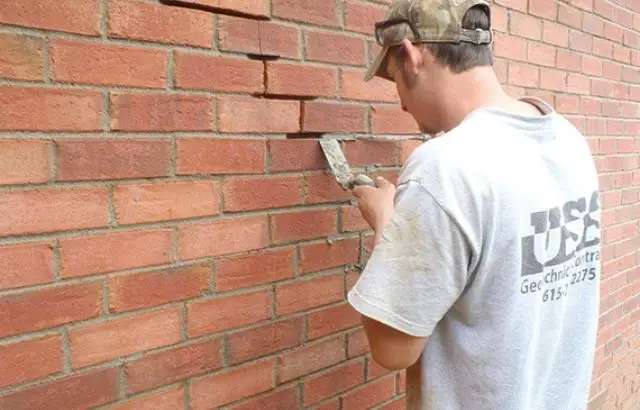The most important part of the plumbing system is the ventilation of the basement toilet. It should be performed very professionally. Because it can cause leakage and unpleasant odors. But you don’t have to call a plumber for this. You can do it on your own.
In this article, I am going to guide you on the most easy and proper way to vent a basement toilet. Let’s dive into it:
How to Vent a Basement Toilet
Determine the location of your basement toilet.

In the first step, you have to decide on a location for the basement toilet. You have to choose a location that is accessible to the septic line or main sewer. Location matters a lot if you have to choose a location from these. Then there will be many problems. This step should be performed with an active and present mind.
Identify the main vent stack in your home.

After locating a perfect location for your basement toilet. Next, you have to locate the vent stack. The vent stack is the pipe that comes from the roof of the home. Vent stack pipe make sure that enough air is coming into the plumbing system. Which allows the proper drainage.
Plan a route for a 2-inch PVC pipe from the toilet location to the main vent stack.

This step is very important in this step you have to plan a route for a 2-inch PVC pipe. You can take a pencil and clean paper and draw a line of route. This drawing will make it easy to understand the best route. You have to route from your toilet location to the main vent stack.
Drill a hole in the basement ceiling directly above the toilet for the vent pipe.

In this step, you have to work practically. Take a drill machine and keep it in the place where you have to drill. The drill hole should be in the basement ceiling above the toilet for the vent pipe. Hold the drill machine tightly and on it. Drill until you drill the hole in the basement ceiling. The drill hole will be an opening of the vent pipe.
Connect a 2-inch PVC pipe to the toilet’s vent connection.

In this step, you have to make a connection. Connect the 2-inch PVC pipe to your toilet vent connection. This connection will start your ventilation system. You have to make this connection securely so that there will be no future issues.
Run the PVC pipe from the toilet to the main vent stack, ensuring a minimum slope of 1/4 inch per foot towards the toilet.

After making a secure connection. Next, you have to run the PVC pipe from the toilet to the main vent stack. Which should be a minimum of ¼ inch per foot toward the toilet. PVC pipe helps to flow the wastewater properly. You have to run the pipe very securely so that there will be no leakage.
Use PVC fittings such as elbows or tees as needed to navigate obstacles and ensure a smooth path.

This step with be performed if it is applicable. If you have any obstacles in the path of the vent pipe. So, you have to remove them and make it smooth. For removing the obstacles you have to use a PVC fitting such as elbows and tees.
Connect the PVC pipe to the main vent stack using a tee or wye fitting.

In this step, you have to connect the PVC pipe to the main vent stack. For connecting they need a tee or wye fitting. By using one of them you can connect them. This step will maintain the integrity of the plumbing systems.
Securely fasten the vent pipe to joists or walls using pipe brackets.
Now you have to securely fasten the vent pipe to joists or walls. You have to perform this step by using pipe brackets. This step prevents your pipe from sagging or shifting.
Test the system by flushing the toilet and checking for proper airflow and any leaks in the connections.
In the last step, you have to test your efforts. Go and flush your toilet. While flushing check the air flow and any leaks in the connection. If there is any issue then you have performed any step imperfectly. Check all the steps again.
My Opinion
Ventilation of a basement toilet can be done on your own without calling a plumber. Ventilation should be performed perfectly otherwise you will have a leakage in your pipeline.
All you have to do is follow all the steps back-to-back. All steps are important and play a role in the process. So, you can’t miss any of it.




